Whilst originally we didn’t have a name for it, the idea for “Herdycountry” goes back to the early days of the company, around 2008. We agreed that if we were creating a brand with a lovable sheep’s face as the trademark, it had to include wool.
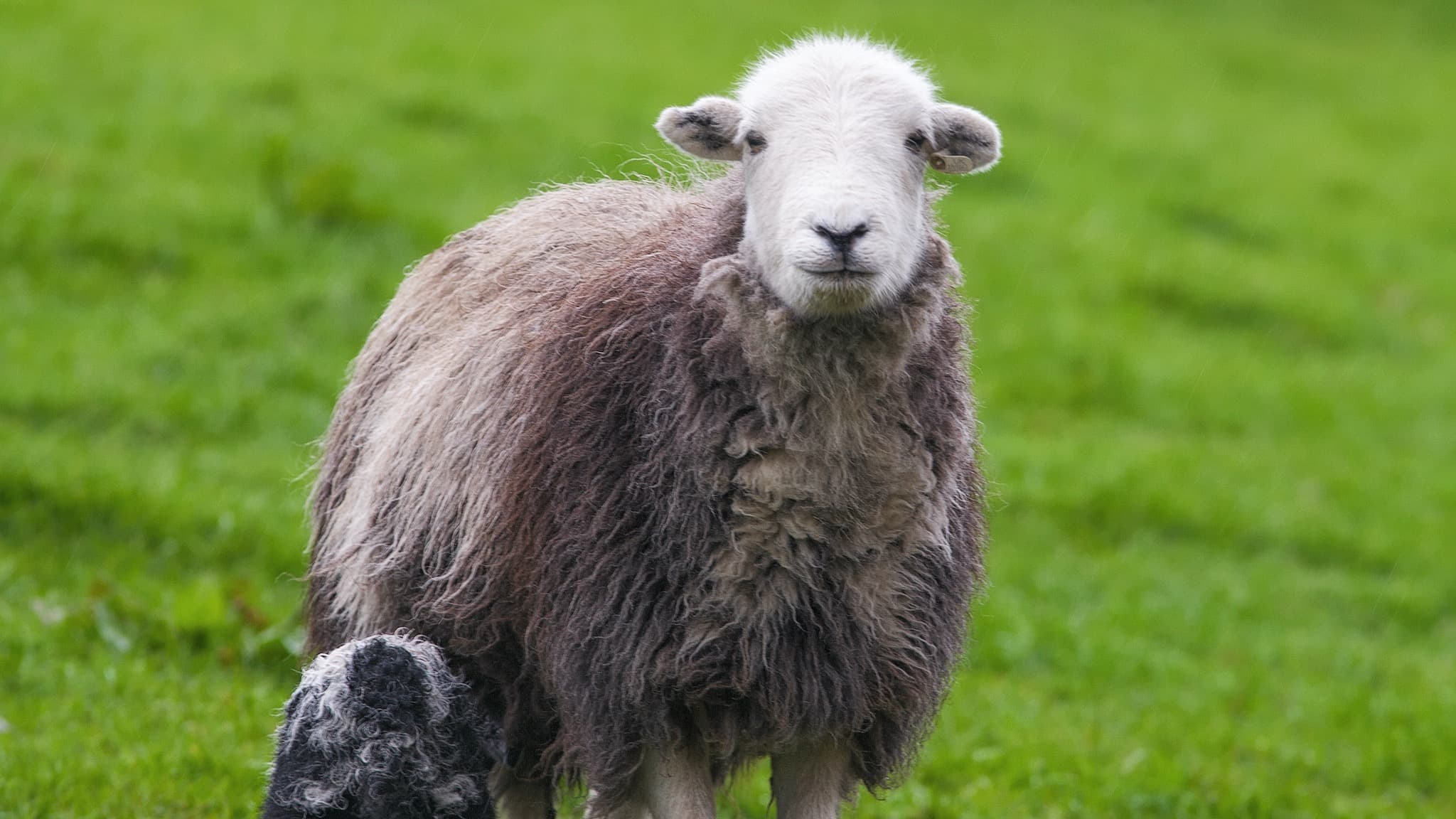
At that time we’d become aware of the ridiculously low commercial value of Herdwick wool. Cumbrian fell famers were receiving between £0.04p–£0.06p/kg.
Further reading: Baa baa grey sheep
We decided to hatch a plan. We paid £0.30p/kg to a local farmer for some Herdwick wool and set off with two greasy fleeces, straight off the back of the sheep. We took these to Peter, a man with sixty years experience in the trade and, owner of a spinning mill in Yorkshire, England’s heartland wool territory.
We’ll never forget his first words as he peered into the bag and said, “What do you expect me to do with that? We’re Worsted spinners with the best machinery anyone can buy, and if I put that contaminated wool through my mill there’ll be trouble!”
We replied, “We’d like to work with you to develop a unique fabric that makes good use of Herdwick wool. It’s a good robust wool and it’s not right that most of it is being burned or discarded.”
Developing the Herdycountry fabric
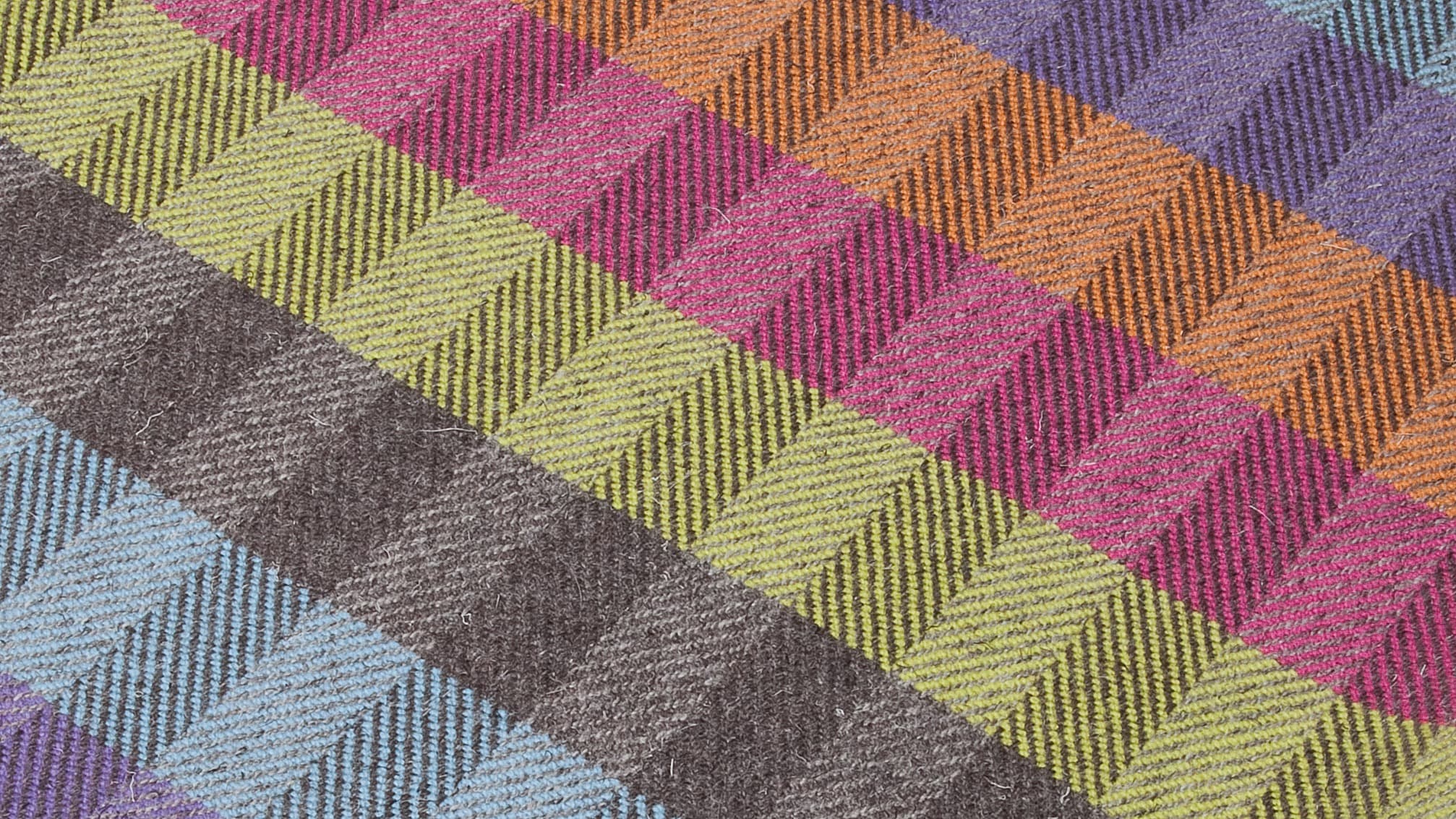
After a few months of trial and error we’d made a yarn to our own secret formula, a unique blend of Herdwick and pure wool that we could weave commercially to a consistent quality. This cloth also had a unique “handle”, which is the trade term for the feel of the fabric in the hand, and this was just right for us; robust but with a soft edge.
We’d finally reached first base and from here we carried out further trials with dyed and natural yarns, different finishing methods and weaving densities. This was a memorable time for us, as our determination to make it happen was almost a reflection of the Herdwick’s independent and resilient character.
Ideas become reality when good heads get together.
The first Herdycountry products
Our first product idea was a throw and that meant a crash course in weaving and more time spent down t’ mill! It was great to meet and spend time with the people, skills and trades that go into making woven cloth. We were excited at seeing our own fabric on the loom. The whole place comes alive as the looms kick in with the deafening noise of machinery and the unique smell of lanolin in the air, all carefully guarded by the beady-eyed machine operators. We’ve always loved this part of our product development role and the excitement never goes away.
From understanding weave densities, finishing techniques, and going through dying and colour trials, we eventually arrived at a series of earth tone yarns based around Herdy’s six colour palette. We experimented with weaving options and eventually created a series of throw designs named after waterfalls in the Lake District, Aira and Lodore. Full-scale production then followed.
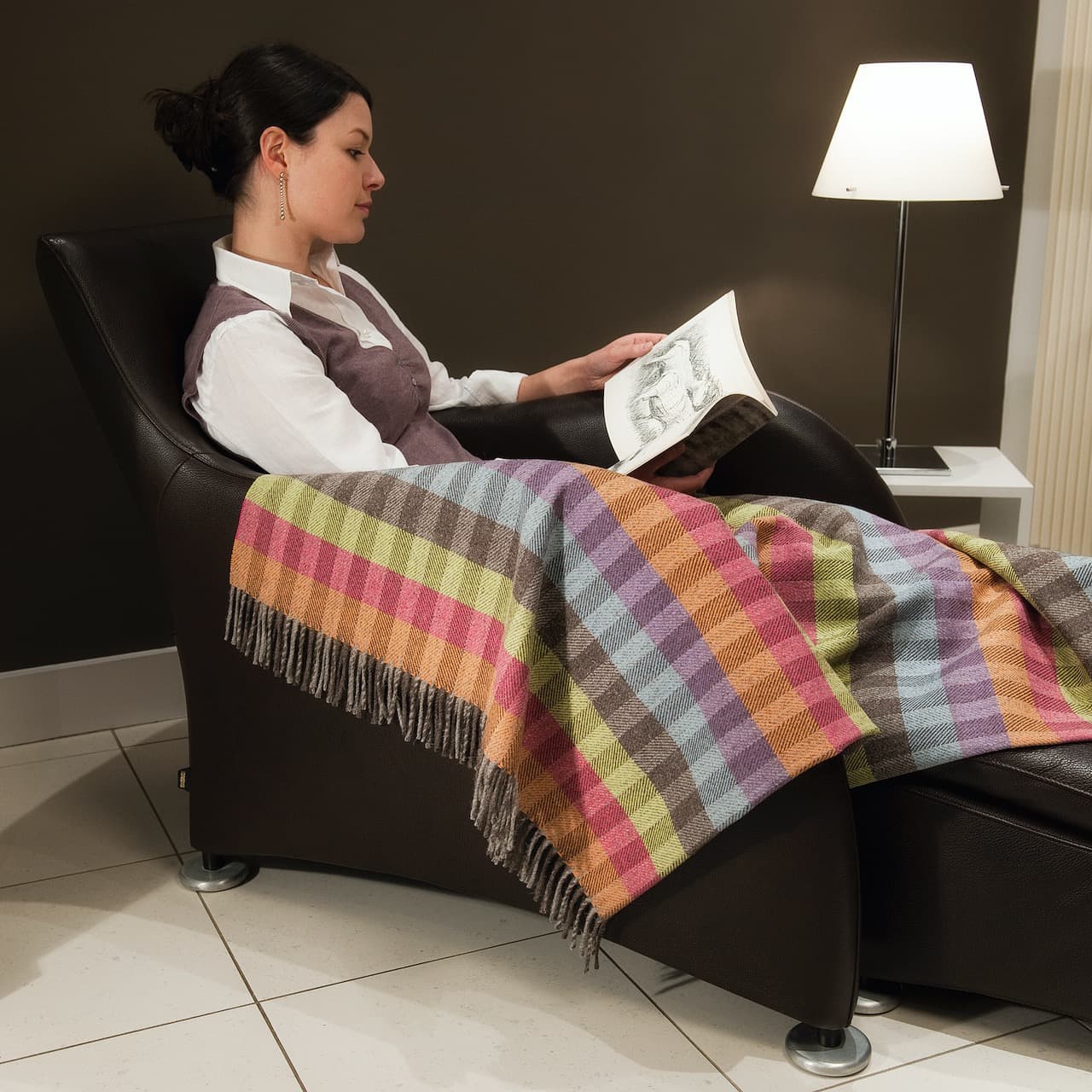
Around the same time we’d also been working with a heritage mill to make a flat weave rug from pure Herdwick yarn. This was woven on a much more traditional “Dobcross loom” with a carpet yarn spinning mill in Huddersfield.
This was a tough project to manage and demonstrated how difficult it can be to survive in some sectors of the industry. David, the expert weaver was over seventy years old and he still worked full-time in Leeds during the week and then at the heritage mill at the weekend; all for the love of weaving.
David was amazing and we loved our Herdwick rugs. So did our customers. Even though the demand and passion was there the reality of making it commercially viable wasn’t, so we eventually had to pull out. Hopefully one day we’ll go back to it.
Turning Herdy colours into Herdy wool yarn
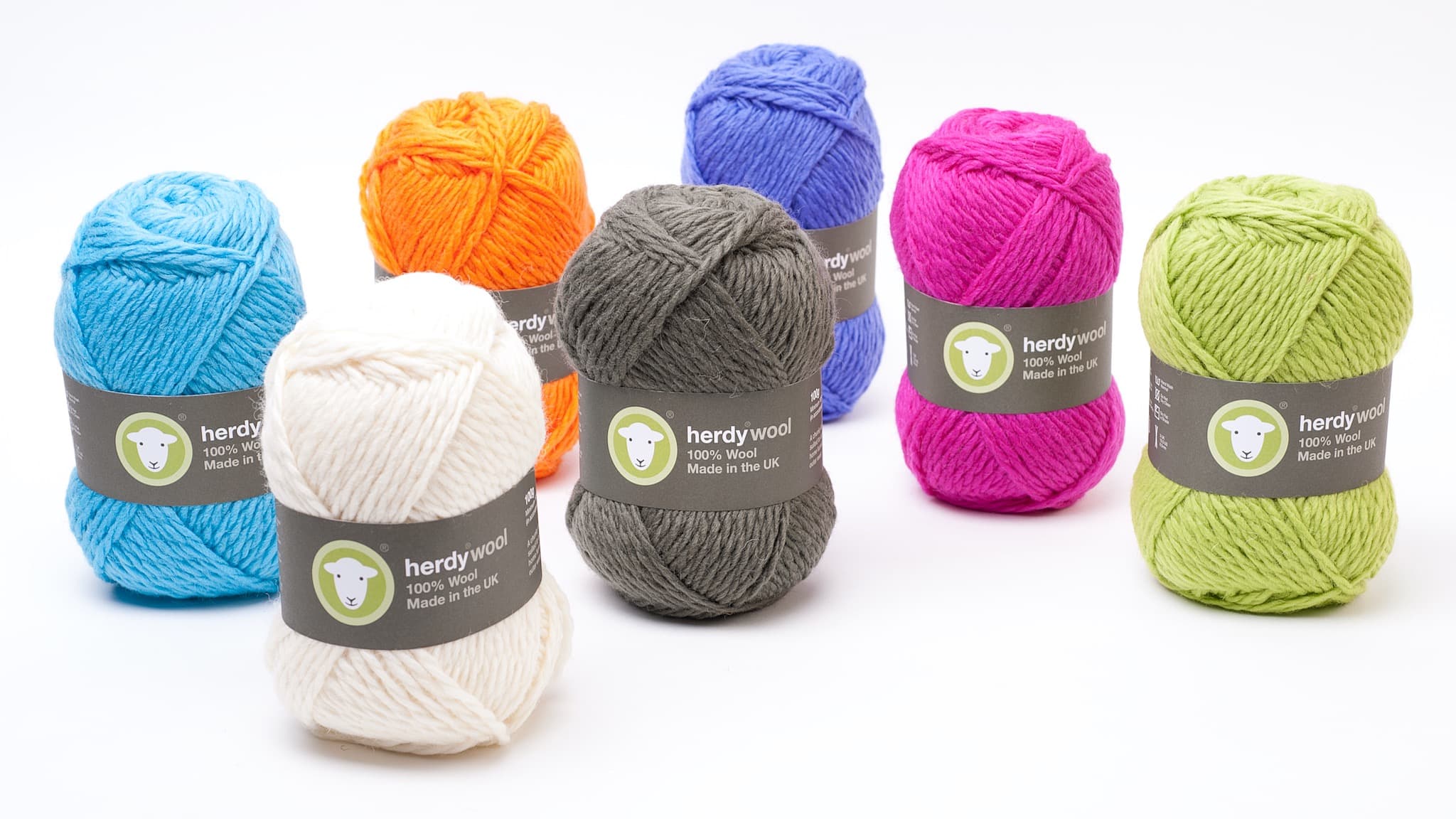
Our next wool adventure took us into the craft sector as we were getting regular requests to make knitting yarn. Herdy is well known for it’s bright colours but we knew that producing a pure colour yarn would be impossible to achieve with Herdwick wool. We set off to talk with a yarn spinner near Leeds and came up with an all British pure wool blend which was great for knitting hats, scarves and soft toys, and we’ve had lots of our customers sharing their wonderful craft projects with us over the years.
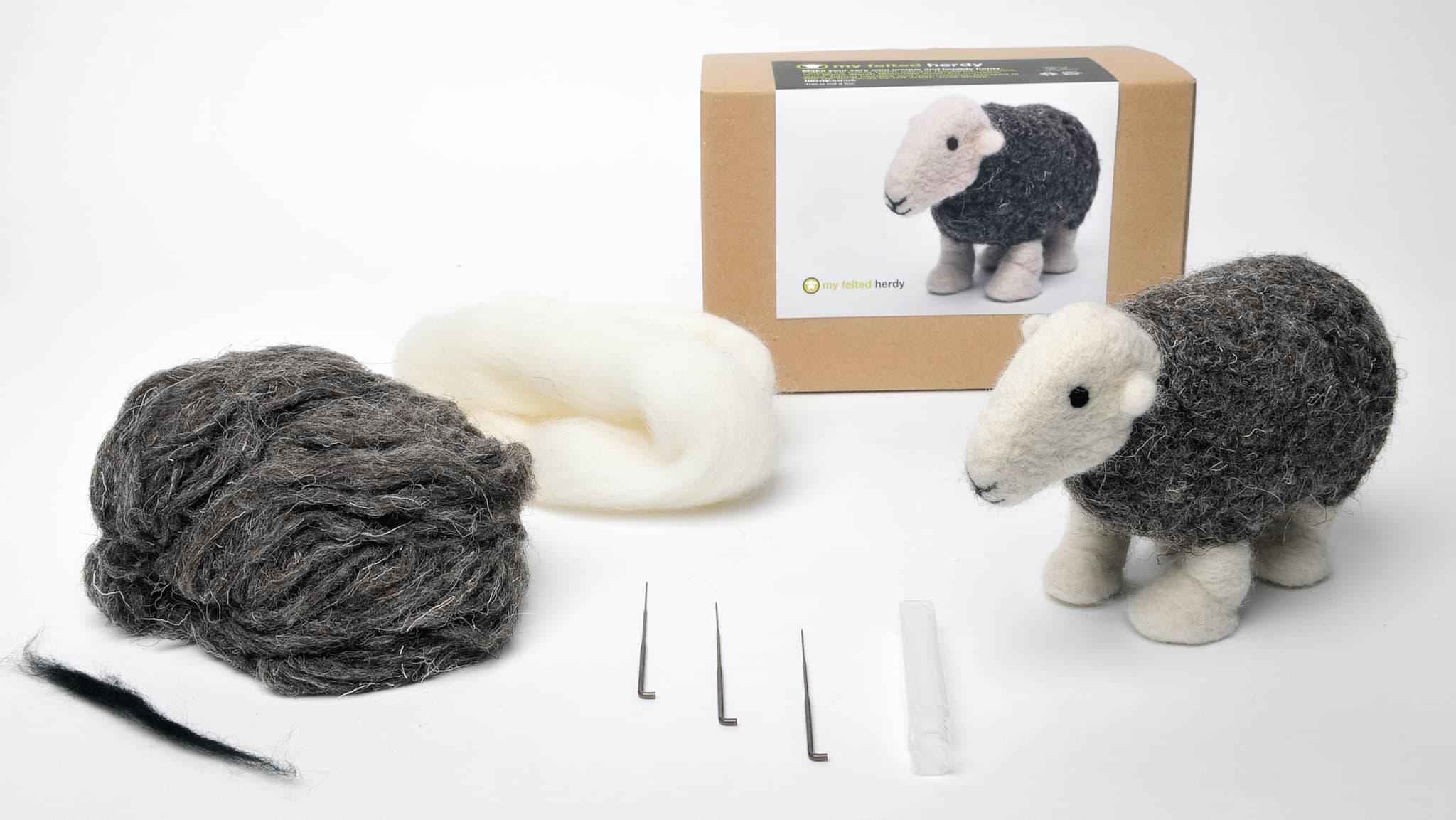
We then developed our felting kit, which again puts to good use the Herdwick wool; this also includes Cheviot and Welsh Mountain wool.
Further reading: What is felting and how does it work?
In West Yorkshire we found our hat, scarf, and throw makers and the “Herdycountry” brand as it’s known today was born with the launch of these products in 2014.
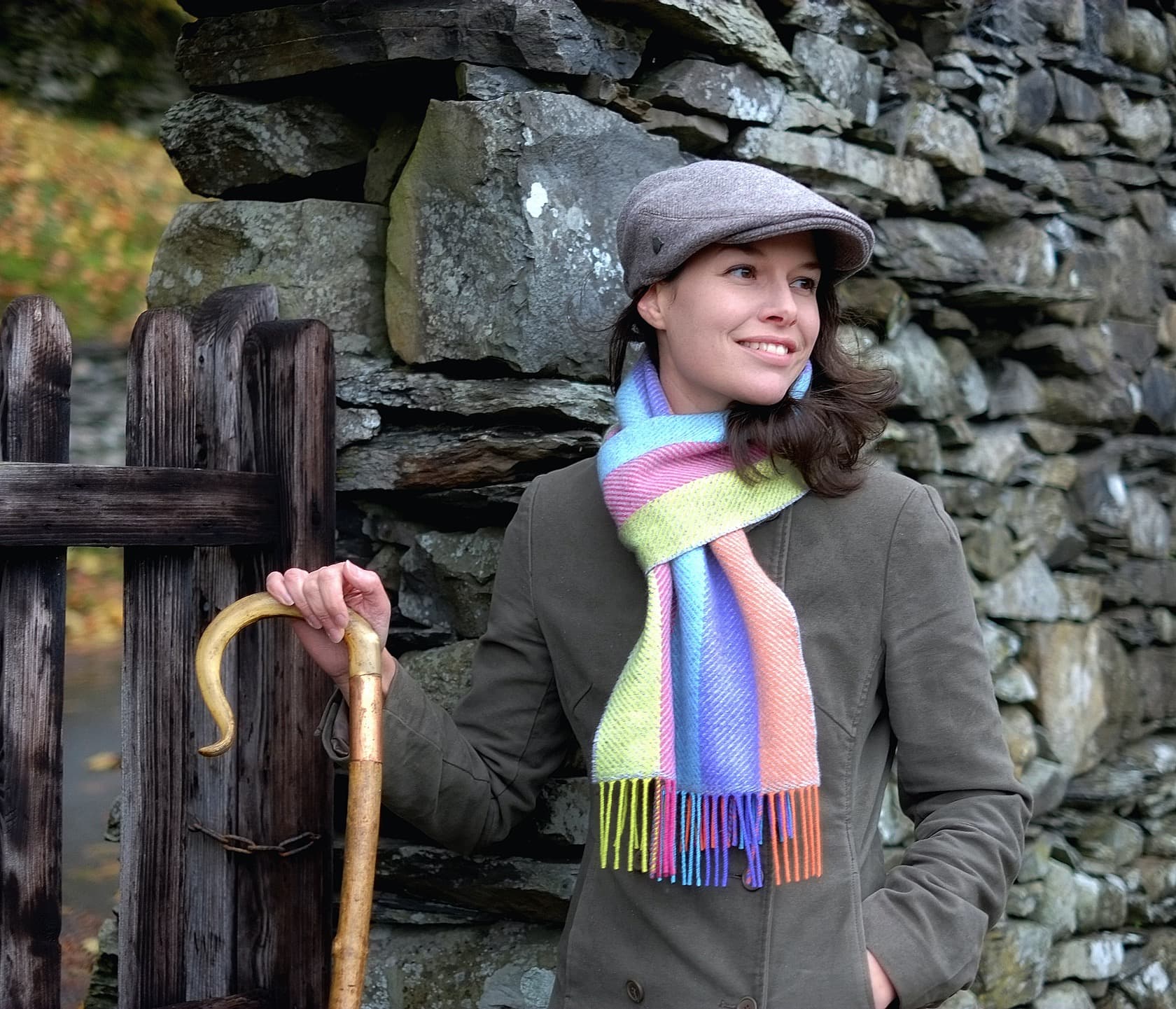
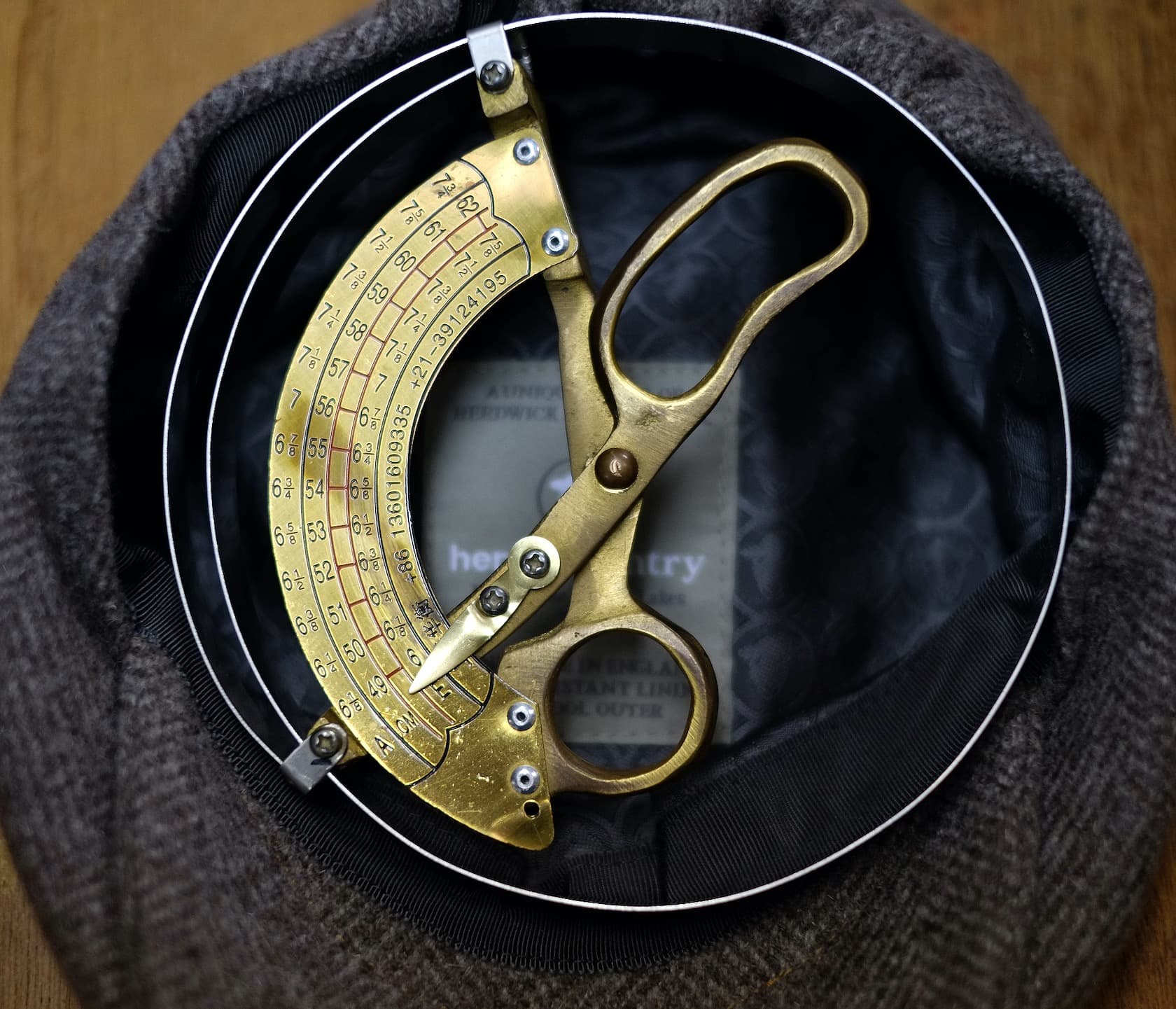
In Lancashire we found the fabric processing experts where our Herdwick blend fabric is waterproofed with vulcanized rubber for our Herdycountry bags. This company also makes pontoon bridges for the British Army!
In the Midlands we found our leather craft and stitching experts and all the bridal leather components of our Herdycountry bags are cut, finished, and sewn by hand.
Working with British artisans
Herdycountry was born out of a door-knocking, countrywide search to source a unique range that demonstrates our commitment to hand made products, artisan skills, and “made in Britain”. It’s amazing how complicated and layered the heritage industries of the UK are, just like the yarn fibers themselves; they are intertwined and often highly complex with man and machine married to each other over a lifetime.
View our full herdycountry range here.
Spencer & Diane
Co-Founders of The Herdy Company
Let's chat in the comments below or join the flock on our Facebook, Twitter, or Instagram, or email us.

